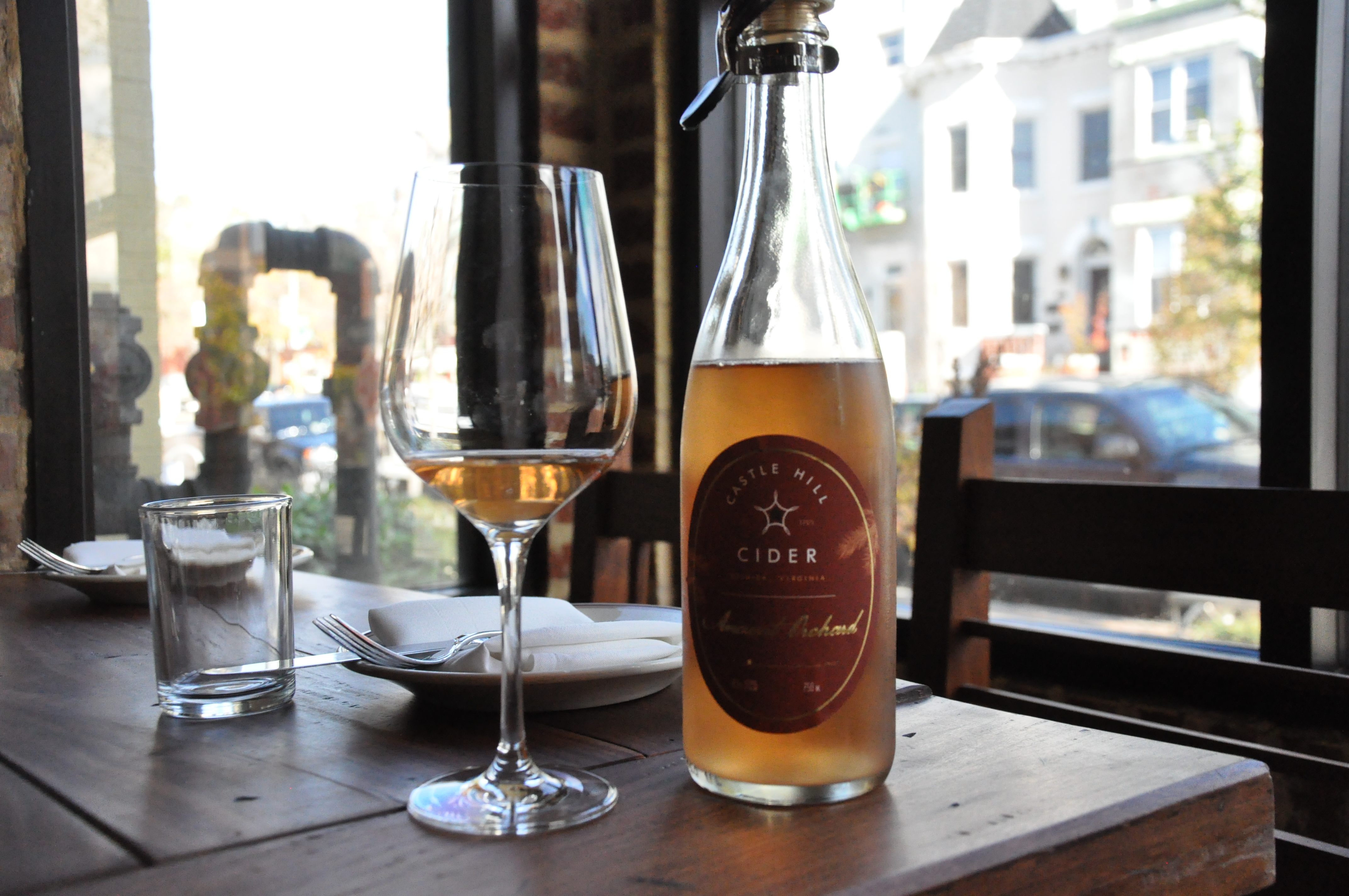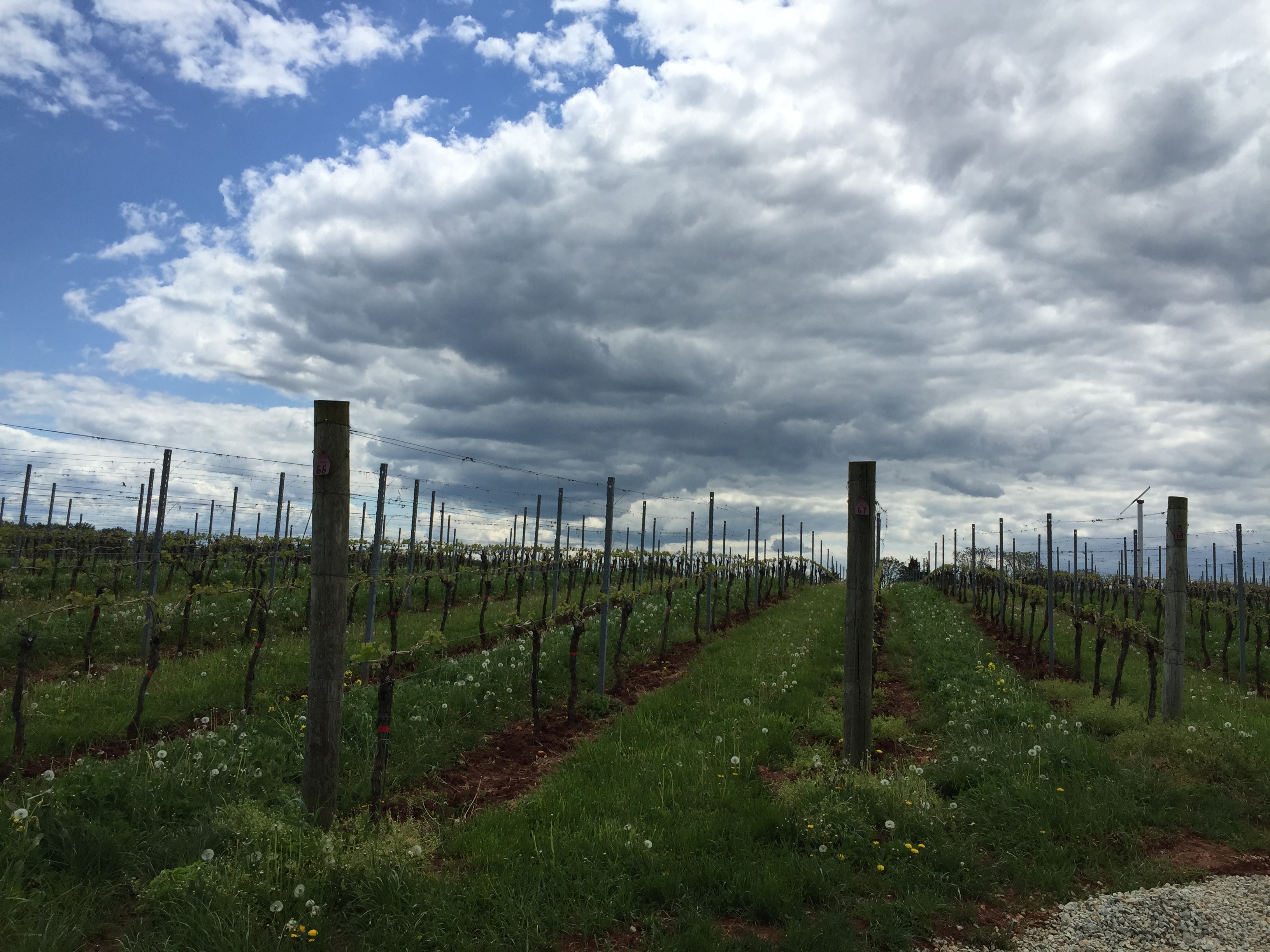WASHINGTON — Andrew Stover is on a mission to turn Washingtonians on to American wines from unsuspected places. Think less California and more Texas.
“Usually that’s referred to as ‘The Other 47,’” says Stover, who is a certified sommelier and founder of Vino 50 Selections. “Meaning anything but California, Washington and Oregon.”
Not that he has anything against the wines from the country’s three biggest wine-producing states. Many of their vineyards and wineries are growing and producing some of the best in the world. But so are wineries in Michigan, Missouri and Virginia.
“Some people will tell you, and I would agree, that there are some wines already today that exceed quality and value in Virginia, than a comparable wine from California,” Stover says.
Hearing about a wine from Missouri might be new to some consumers, but Stover says it shouldn’t be. Many of these “unusual states” have been making wine for centuries.
“For example, Missouri was making wine as early as the 1830s,” Stover says, adding that the state’s Stone Hill Winery was once the second largest winery in the U.S., and at the turn of the century was shipping 1,250,000 gallons of wine per year.
Virginia also has a long history with wine that dates back to the days of colonization and extends through the early 1900s. However, this all came to a halt when prohibition was enacted.
“A lot of people don’t really realize what prohibition did for American wine production. Locally, here, it pretty much decimated the industry, and the same thing in Missouri,” Stover says.
Wineries out West were also affected, but Stover says they rebuilt their operations faster (in the 1960s and ‘70s) than many East Coast wineries, which started to see regrowth in the industry in the ‘80s.
Today, progress continues to grow on the East Coast, as well as in several other regions throughout the country.
“There’s a boom in New York, there’s a boom in Virginia. We’re seeing a small boom in Maryland. Really, we’re seeing a boom everywhere, except in California,” Stover says.
And these states are all experimenting with a number of different grapes and varietals, based on their specific regions and climates.
Virginia, for example, has success with Norton, Viognier and Cabernet Franc. Winemakers in the Commonwealth are also experimenting with grapes that grow well in hot and humid climates in other parts of the world, such as Albariño, a white grape from Spain.
In Texas’ high-plain region, winemakers are working with Tempranillo, a Spanish grape used to make full-bodied red wines, as well as Sangiovese, Syrah and Grenache.
“These red grapes that we see in things like Côtes du Rhône, they’re really doing well in these high, arid plains of Texas,” Stover says. “The higher elevation and cooler nights adds to freshness.”
Cooler-climate grapes, such as riesling, Gewürztraminer and Gamay thrive in Michigan, as do Syrah, Cabernet Sauvignon and Cabernet Franc — especially closer to the Indiana border.
“It’s really been a testament to what works best for that climate and that soil and that region. It’s not, ‘Hey, let’s just grow chardonnay because everyone grows chardonnay,’” Stover says.
As these lesser known wine-producing states grow their production, wine stores are growing their selections. No longer is the American aisle limited to California, Oregon and Washington wines. These days, it’s becoming easier to find bottles from Virginia, New York and Michigan.
Stover says November is just as good of a time as any to test out some new American wines — especially with Thanksgiving on the horizon.
“Nothing is more American than an American wine for an American holiday,” he says.
Interested in pouring some U.S. pride at your holiday meal? Stover has one piece of advice: Avoid the big, bold wines.
“Thanksgiving is a smorgasbord of flavors depending on what your sides are, because it’s all about the sides,” he says. “It’s more about finding the best overall wine that’s not going to interfere with some of those delicate flavors.”
His top pick is a sparkling wine, straight out of Charlottesville, Virginia.
“Thibaut Janisson is fantastic,” he says, adding that Trump Winery also has several great options from which to choose. “They carried on the sparkling wine program at Trump that Patricia Kluge started, and always amazing stuff — especially the sparkling rosé.”
If you prefer to go with a red, Stover recommends a pinot noir. There are plenty of options from California, Washington and Oregon, but he suggests trying a bottle from Michigan or New York if you spot one in your local wine store.
When it comes to white, Viognier and riesling are two great options. Many stores that carry Virginia wines will be able to match you with a local wine, based on your taste preferences and price point.
Want to pick up a bottle of American wine for your holiday gatherings? The map below marks your best bets for finding a bottle in the D.C. area.






